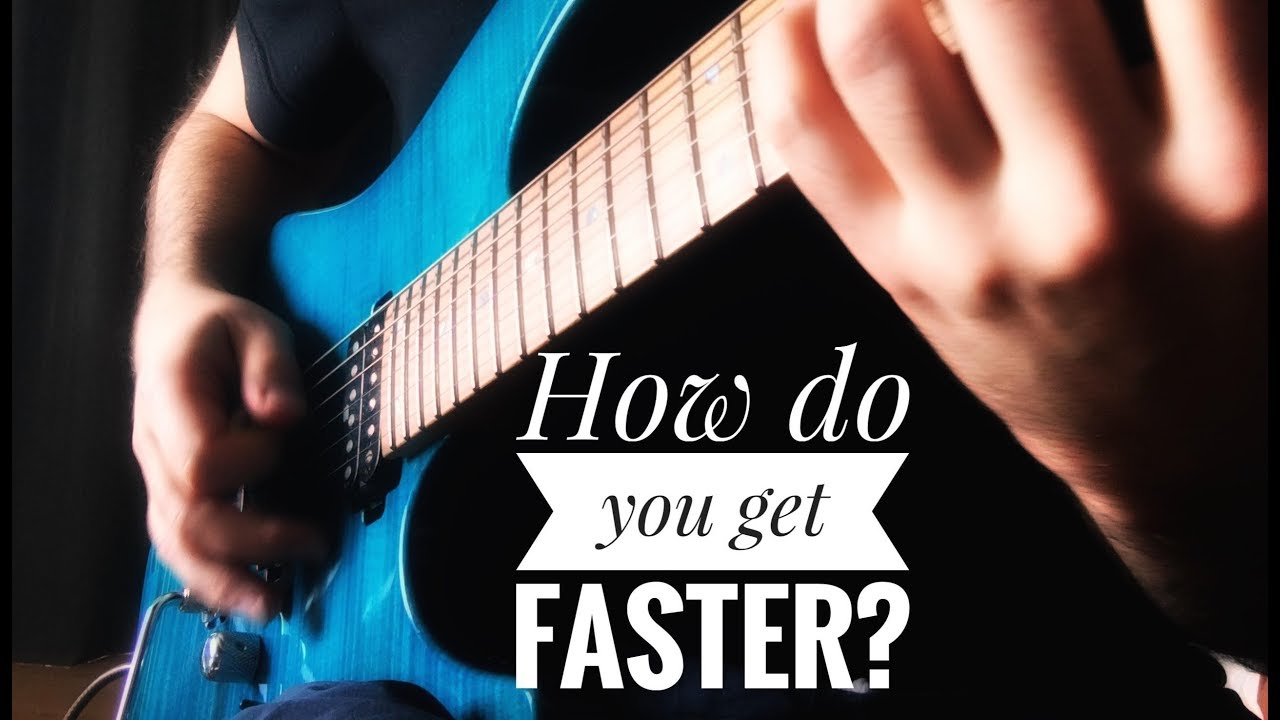Hah, man if I truly “knew” that I’d be a rich man. The lengths and breadths people have gone to try and wring hundredths of a second off their personal bests is borderline (no not borderline at all) definitely destructive, in many cases.
I would hypothesize that he (whether consciously or not) figured out how to run fast at an early age. Like, he was world class before he was 16, which is BONKERS but also there are a lot of flash in the pan superstars at 18 years old who go pretty much nowhere afterwards. So he was also blessed with incredible resiliency, and a technique and training that didn’t grind him down.
He was 6’5 at 15 years old and ran 20.58 to win the world Juniors. Like he was always fast. He’d have been fast with no coaching, he’d have been fast with a diet of pizza and beer and he’d have been fast on the worst day of his life with garbage shoes and in shitty conditions.
Physically he matured far earlier than his peers, but I think that allowed him to get to world-record class levels. He was already (always) fast and probably would have just naturally been faster than 90%-95% of the rest of the world without any outside input.
So to circle back around to your question (I’ve still no idea lol) but I’d wager that like a lot of other athletes in their prime, the more time you spend out on the bleeding edge of performance (provided it’s not destructive to your body) the better and more comfortable you’re going to be out there and the easier it will be to reach those heights on a regular basis with less effort. It’s a positive feedback loop, your body spends less effort to get to X so attaining X+1 becomes simple and routine and all of a sudden you can do X+2 at a push and so on and so on.
By and large though, sprint training is mostly trying to ingrain the CAPACITY to repeatedly run at high speeds. Like, allowing your muscles, tendons and Nervous System to support that kind of maximum effort. So whatever that means with regards to guitar, I’ve no idea. But it’s fun talking about because I love it lol
That’s my theory anyway @Tom0711




